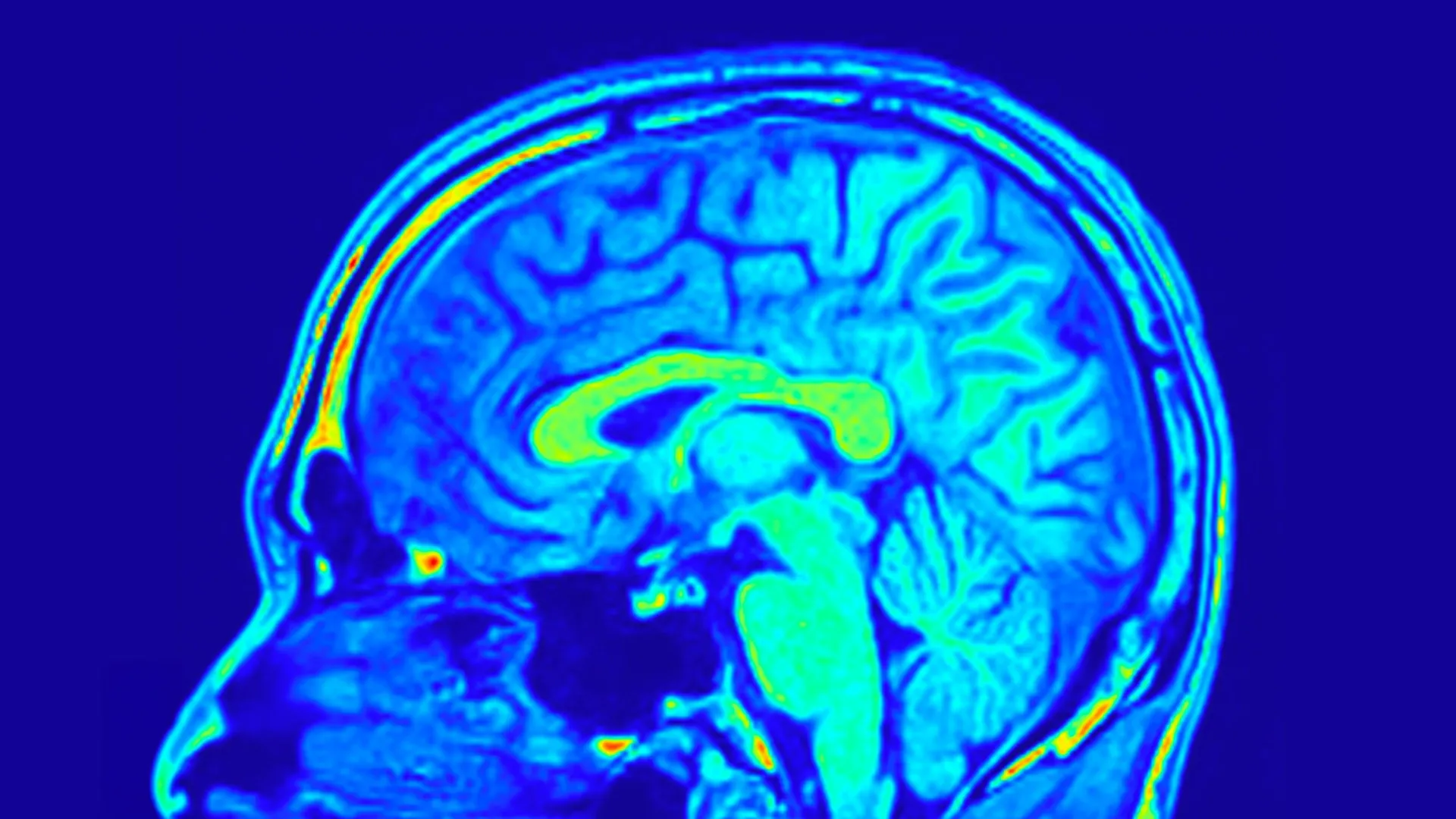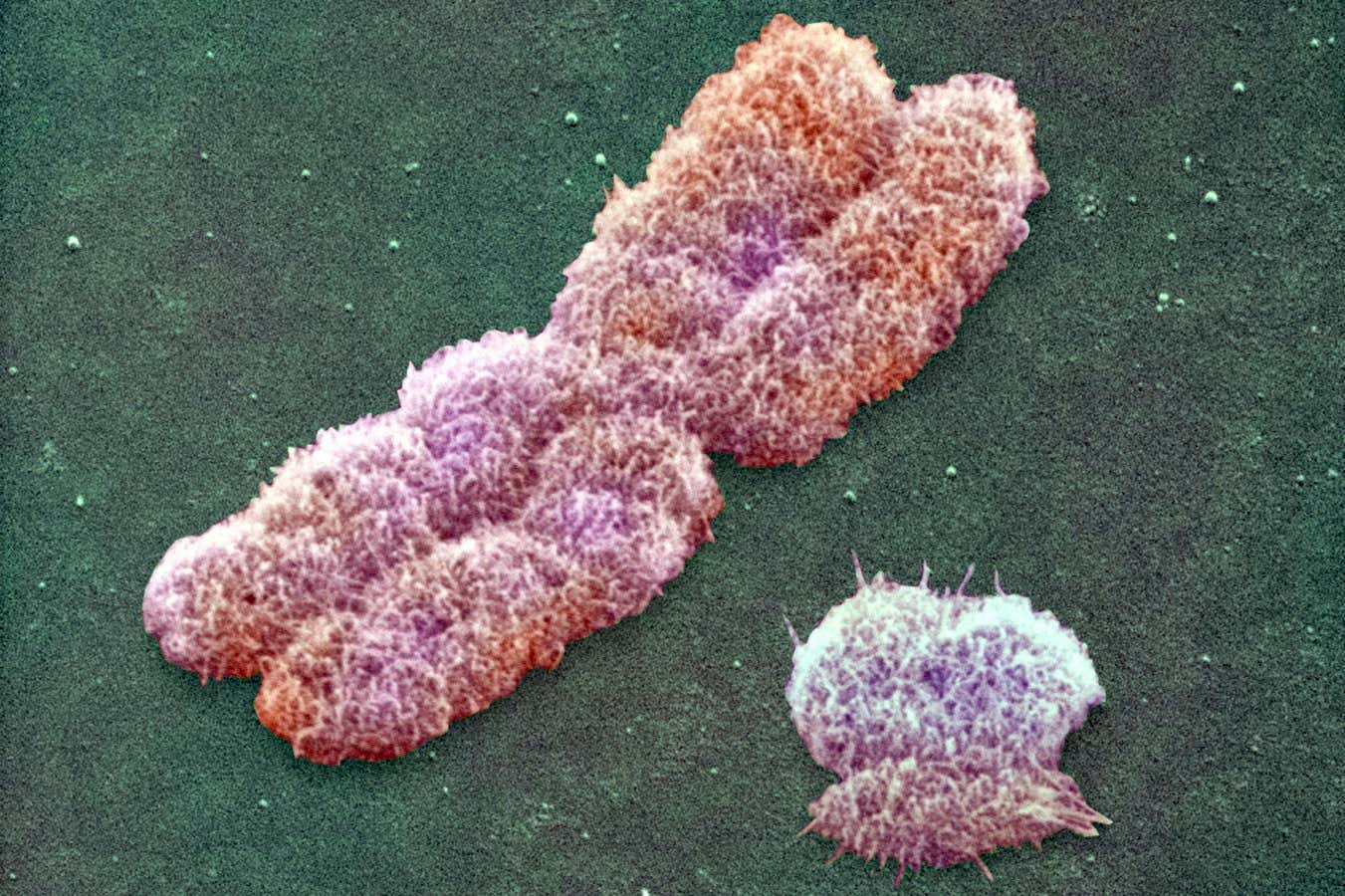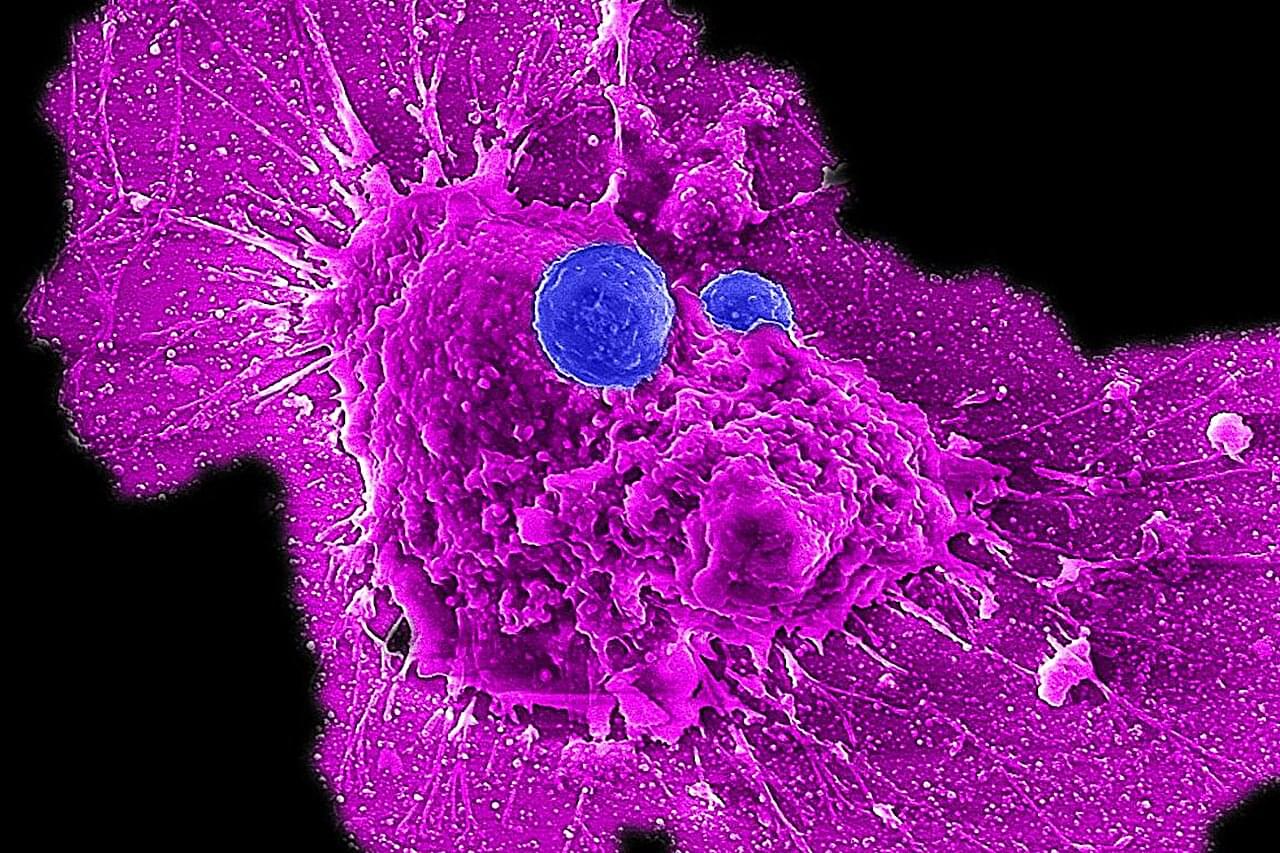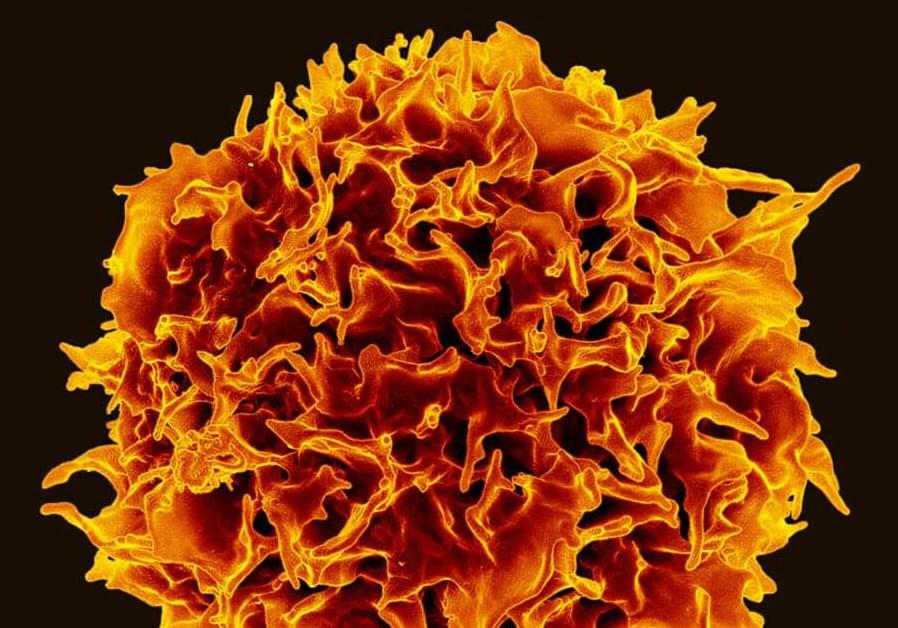Researchers have developed a model for micro-sized robots that use sound waves to communicate, allowing them to self-organize into swarms with collective intelligence.



IN A NUTSHELL 💡 The European Union plans to invest $30 billion to establish a network of high-capacity AI data centers. 🌍 This initiative aims to enhance the EU’s global standing in the artificial intelligence market. ⚙️ The project involves the development of gigawatt-scale data centers to support millions of AI GPUs. 🔌 Challenges include

Researchers have discovered that parts of the human brain age more slowly than previously thought—particularly in the region that processes touch. By using ultra-high-resolution brain scans, they found that while some layers of the cerebral cortex thin with age, others remain stable or even grow thicker, suggesting remarkable adaptability. This layered resilience could explain why certain skills endure into old age, while others fade, and even reveals built-in compensatory mechanisms that help preserve function.


Researchers have demonstrated that brain cells learn faster and carry out complex networking more effectively than machine learning by comparing how both a Synthetic Biological Intelligence (SBI) system known as “DishBrain” and state-of-the-art RL (reinforcement learning) algorithms react to certain stimuli.
The study, “Dynamic Network Plasticity and Sample Efficiency in Biological Neural Cultures: A Comparative Study with Deep Reinforcement Learning,” published in Cyborg and Bionic Systems, is the first known of its kind.
The research was led by Cortical Labs, the Melbourne-based startup which created the world’s first commercial biological computer, the CL1. The CL1, through which the research was conducted, fuses lab-cultivated neurons from human stem cells with hard silicon to create a more advanced and sustainable form of AI, known as SBI.


Underwater adhesives have long posed a challenge to materials scientists, with few solutions capable of delivering instant, strong, and repeatable adhesion in challenging marine and biomedical environments. Now, a team of researchers has leveraged machine learning (ML) and data mining (DM) —inspired by natural adhesive proteins—to engineer next-generation super-adhesive hydrogels that work instantly underwater.
Published in Nature, the study introduces an end-to-end data-driven framework that starts with protein sequence extraction and ends with a scalable hydrogel synthesis method. The results are materials that can seal high-pressure leaks, attach securely to rough, wet surfaces, and even function in living tissue.


Ovarian cancer is the leading cause of death among women with gynecological cancers. The current medical playbook—surgery followed by chemotherapy—initially shows promise. Tumors shrink, sometimes disappearing entirely. But in more than 80% of patients, the cancer not only comes back, but returns more aggressive and increasingly resistant to the very treatments that once seemed effective.
But now, there could be new hope. In a study published in the journal Med, UCLA researchers have detailed their development of a new type of immune cell therapy, called CAR-NKT cell therapy, that could transform ovarian cancer care by delivering superior cancer-fighting power.
“This is the culmination of over a decade of work in my lab and represents over six years of collaboration with gynecologic oncologist Dr. Sanaz Memarzadeh,” said co-senior author Lili Yang, a professor of microbiology, immunology and molecular genetics and a member of the Eli and Edythe Broad Center of Regenerative Medicine and Stem Cell Research at UCLA.

In a discovery that could expand the array of current cancer immunotherapy treatments, scientists at Harvard Medical School have identified a new molecular brake that hinders the ability of T cells to attack tumors.
The research, published in Nature Immunology, offers a new pathway to design treatments that help more patients—a welcome development given that current cancer immunotherapies work in less than half of those who receive them.
The research, done in mice and in human cells, shows that a protein called STUB1 restrains the immune system’s elite cancer-fighting CD8+ T cells. It does so by interfering with immune-signaling receptors—particularly one for the molecule IL-27—that are crucial for T cells’ ability to mount a vigorous anti-tumor response.